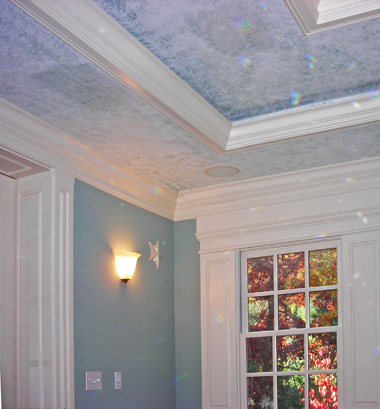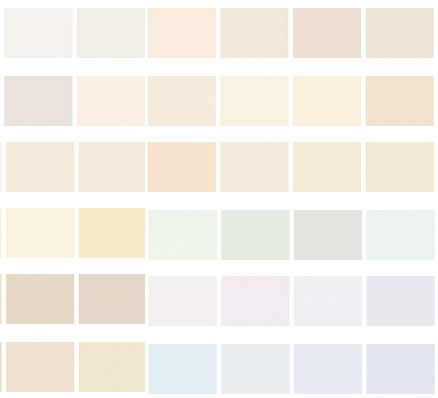It can be pretty disappointing to spend so much time painting interior walls and ceilings only to have the surfaces marred a week, a month, a year or years later by peeling paint. Let’s look at the nine most common reasons paint peels.
 1. Moisture/water
1. Moisture/water
Most paint-peeling issues happen because water has gotten between the paint layer and the surface. Humidity is the most common cause of this, particularly in bathrooms and certain areas of other rooms. In addition, cold outside temperatures and hot interior temperatures can lead to condensation beneath the paint in any room.
2. Dirty surfaces
If walls or ceilings aren’t properly cleaned and prepped before painting, the remaining dirt, dust or grease eventually can cause the overcoat of paint to fall away from the surface.
3. Incompatible paint over paint
Using latex paint over oil-based paint without a primer often leads to paint-peeling and other surface problems. Painting oil-based over latex, however, usually works fine.
4. Time on the wall
As years pass – and this is different from paint to paint – you probably will notice some peeling. In this case, it’s a sign to add some new paint.
5. Lack of adherence due to primer issues
The purpose of primer is to give paint something to cling to. With no primer coat or with primer that’s the wrong type or old and broken down, peeling paint is a very real possibility.
 6. Cheap paint
6. Cheap paint
The reason you pay more for quality paint is because it has a lot more pigments and other essential ingredients. Many inexpensive paints look good in the can and right after you put them on surfaces, but they don’t hold up well and are prone to peeling. As with brushes and rollers, it pays to buy top-quality paint.
7. Bad paint
Like primer, paint – regardless its quality – can eventually outlive its usefulness as it sits for years in the can. It also can be damaged when stored in freezing temperatures. For the best paining results, use brand new or carefully stored paint.
8. Moisture in new wood
If you’re painting new wood that hasn’t had time to fully cure (dry), some of its moisture and oils can leech out and cause the paint to separate and peel from the surface. If possible, determine the age of the new wood before painting. Also, a good primer can prevent or reduce leeching problems.
9. Dry environment
If you live in a very dry environment, the atmosphere may cause paint to dry too quickly before it has had a chance to adhere. A humidifier in the rooms you’re painting many prevent this problem.
These nine causes of peeling paint are among the many reasons paint jobs turn out less-than-perfect. One of the most common reasons for bad results is lack of proper surface preparation. Other causes include cheap paint and equipment as well as failure to use primer when it’s called for.
Franklin Painting of Farmington, CT, can help with all your interior painting projects. We’ll make sure everything is done right so you get a beautiful result you can be proud of. We provide professional interior and exterior painting throughout the Farmington region. Call us today at (877) 646-7774.

Frank Campanelli, the esteemed founder of Franklin Painting LLC, has been leading the company since 1986. He takes immense pride in the stellar reputation his dedicated team has built by consistently delivering top-notch service to each customer.

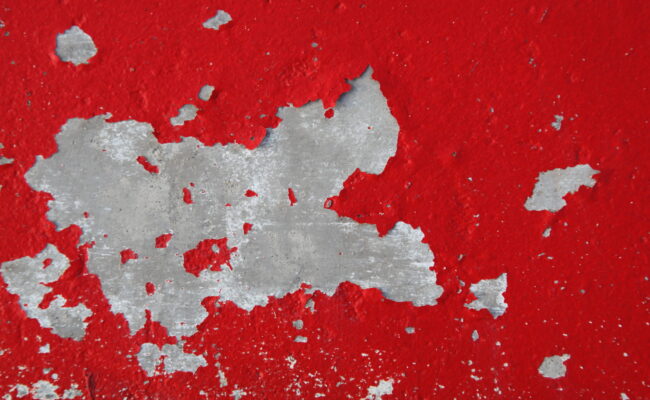
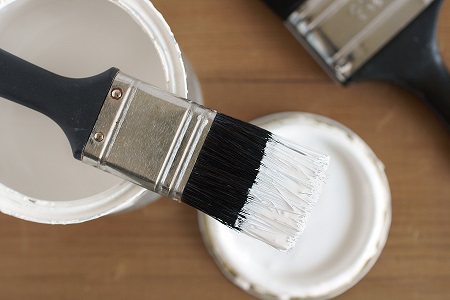 1. Moisture/water
1. Moisture/water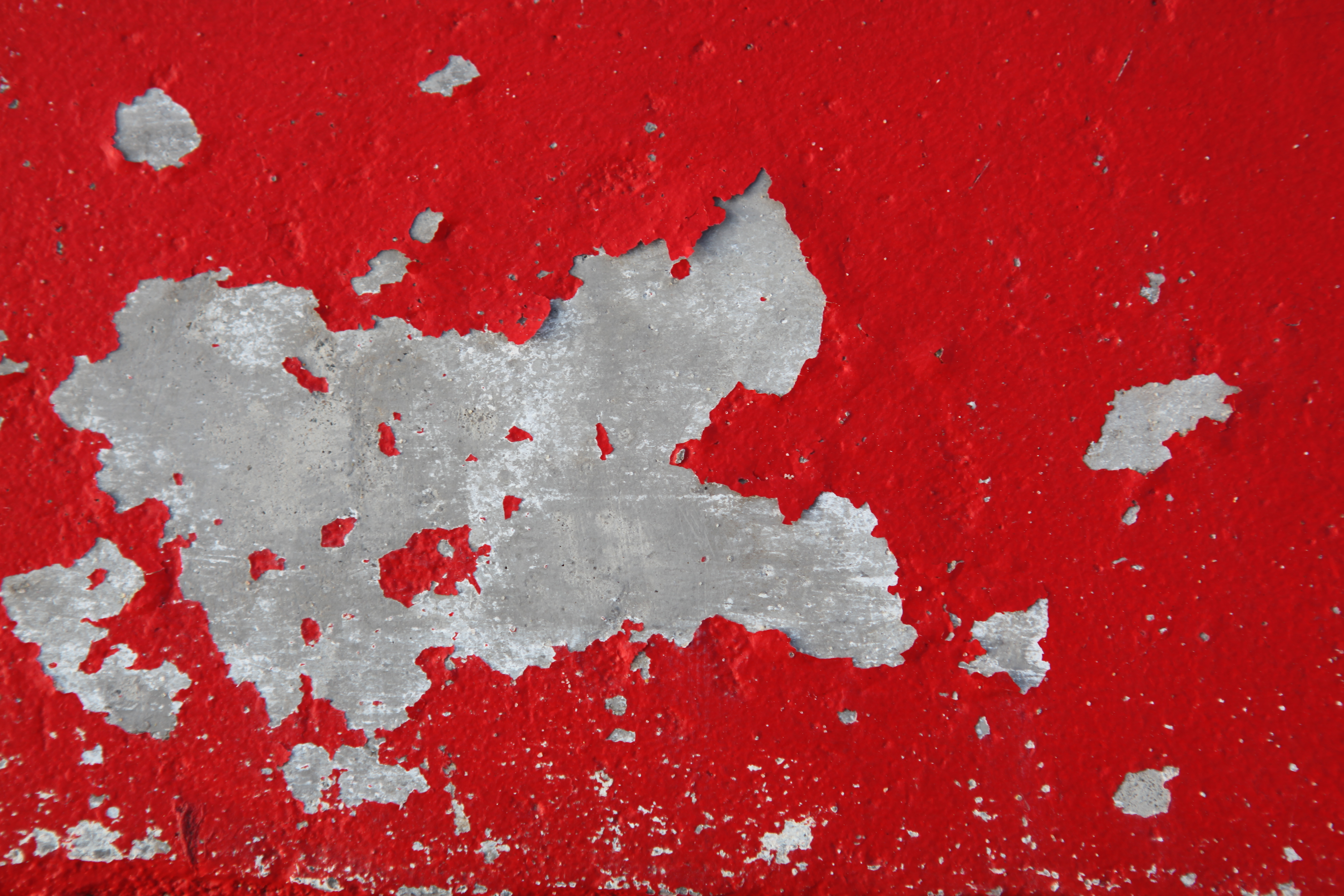 6. Cheap paint
6. Cheap paint
